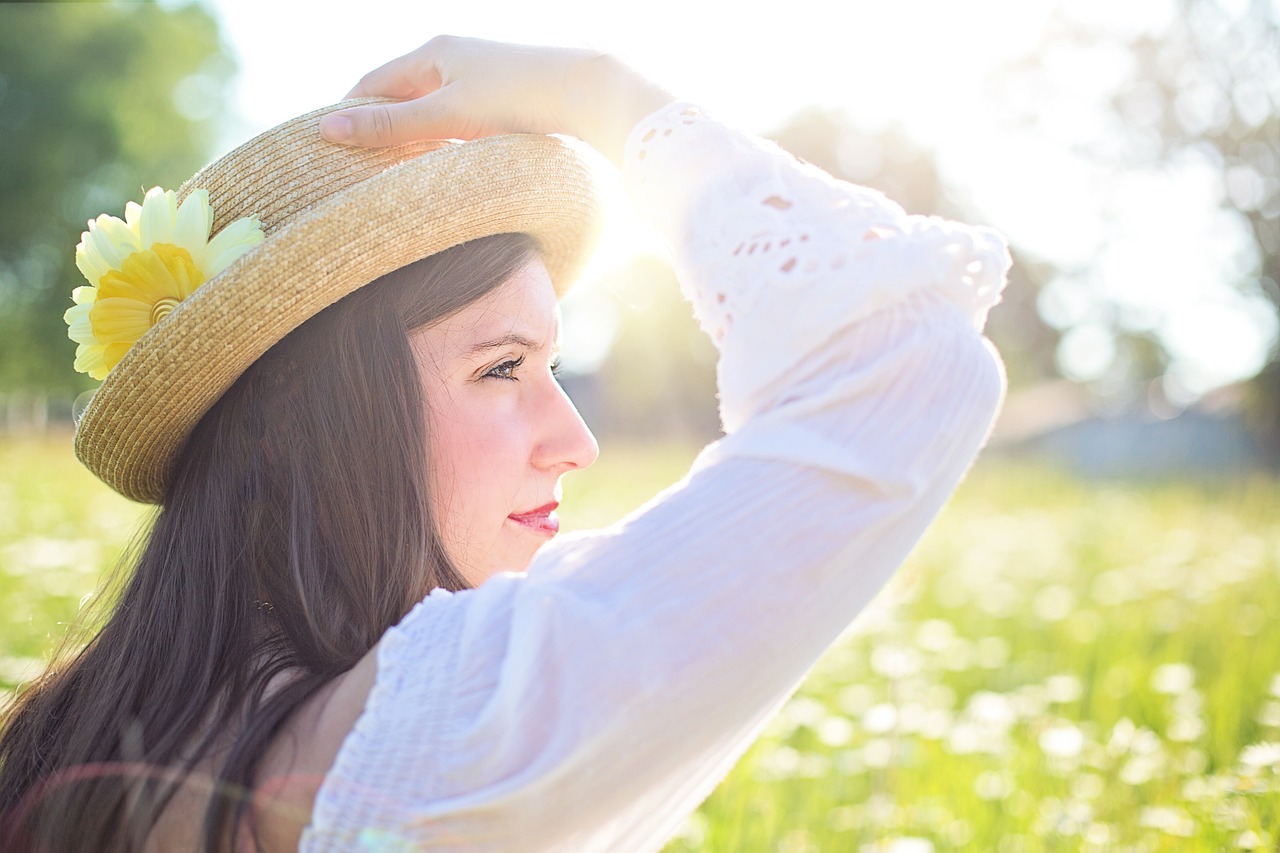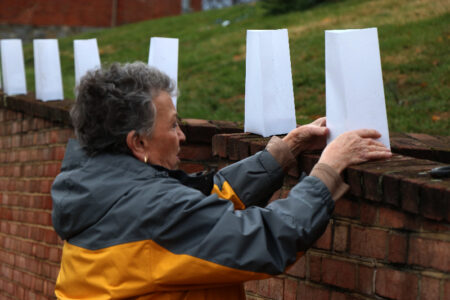Despite the holidays being known as a fun time for celebrating with family and friends, it can sometimes be a source of depression.
There are several causes for this, according to behavioral health experts. But a disorder brought about by shortened daylight hours could be one culprit.
What is Seasonal Affective Disorder?
Seasonal Affective Disorder (SAD) is caused by the change in exposure to natural light. This impacts the parts of our brain that control our sleep/wake cycle. It also affects our melatonin levels and our levels of serotonin, which is a chemical linked to depression.
“A lot of people don’t realize they may have the symptoms of SAD,” said Sherry Fritsch, RN, with Meritus Behavioral Health Services. “It’s surprising to people. It’s important to be familiar with the symptoms that can surface and can cause potential problems.”
What are the symptoms of Seasonal Affective Disorder?
SAD shares many symptoms with depression including depressed mood, hopelessness, loss of energy and motivation, social withdrawal and difficulty concentrating.
But the symptom that Fritsch said she sees often is cravings for carbohydrates that lead to weight gain. Because of a lack of natural light in the winter months, we have lower levels of serotonin (the mood-boosting brain chemical) and this can cause the cravings and weight gain, she said.
“If people aren’t aware of the symptoms, they might just suffer through the winter,” Fritsch said. “We don’t know how many people have SAD because they just try to muddle through and get by.”
The feelings generally follow an up and down pattern from the late fall through the winter, and moods tend to improve as the days get longer and sunnier again in the spring, she said.
How do I prevent or treat Seasonal Affective Disorder?
There is no medical test available for SAD. However, your doctor, nurse or behavioral health provider can assess for this problem by asking questions about mood changes, thoughts and behaviors, sleeping and eating patterns, lifestyle and social situations.
Although the symptoms of SAD are common in the winter months, Fritsch said sitting closer to windows, getting outside even on the coldest and cloudiest days, and doing regular physical exercise can help to keep SAD symptoms from worsening.
If you do have SAD, your doctor, nurse or behavioral health professional may suggest one or a combination of treatments including light box therapy, antidepressant medication, and/or counseling to help minimize or eliminate the symptoms.
What is light box therapy?
Light therapy using a light box is a way of replacing those lost sunlight hours.
“Light needs to get through your eyes to your brain,” Fritsch said, explaining the process. “As evening comes on, our brains produce more melatonin, which makes us tired.”
A light box produces a full spectrum light with a measured light intensity – a brightness equal to being outside on a clear, sunny spring morning. The harmful UV-B rays are filtered out for eye and skin safety.
Experts recommend exposure of about 30 to 60 minutes daily, sitting directly under the light with eyes open. The more days per week one can use the light, the better.
Light boxes can be purchased online for starting at $35, though Fritsch says it’s important to read the directions and follow them.
“It is possible to even use a lightbox while at work, but if using it for a therapeutic effect, your face should be no more than about 18 to 24 inches from the light,” Fritsch said. “Again, always follow the directions.”
Positive effects can be seen in as short as a few days, but sometimes it takes longer time, she said.
“Talk with your doctor if symptoms don’t improve or if they worsen,” Fritsch said.
Where can I get help treating Seasonal Affective Disorder?
Seasonal Affective Disorder and other behavioral health issues can be addressed with your provider or mental health provider. If you don’t have access to that or need immediate mental health treatment, visit Meritus Health’s Mental Health Walk-In.
The facility serves as a behavioral health urgent care for ages 6 and older (children, adolescents and adults). It’s open to those experiencing a mild-to-moderate mental health crisis, including, but not limited to anxiety, depression, drug and/or alcohol use.






















